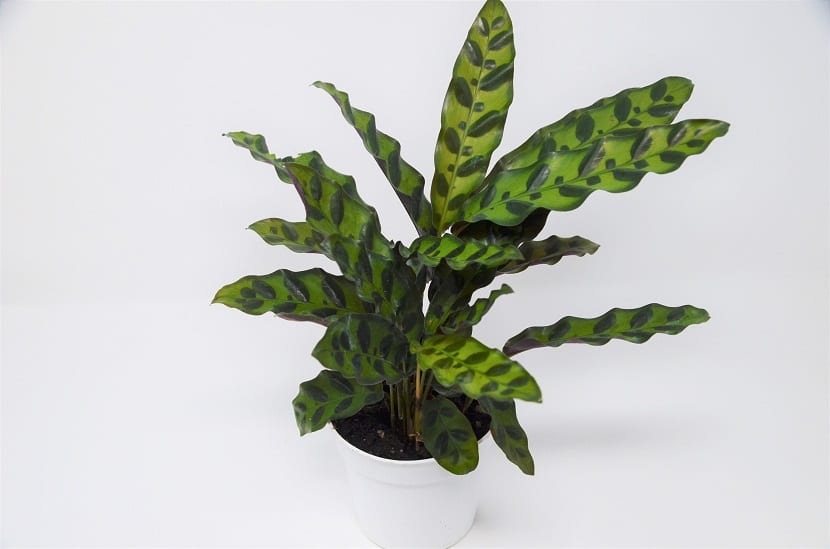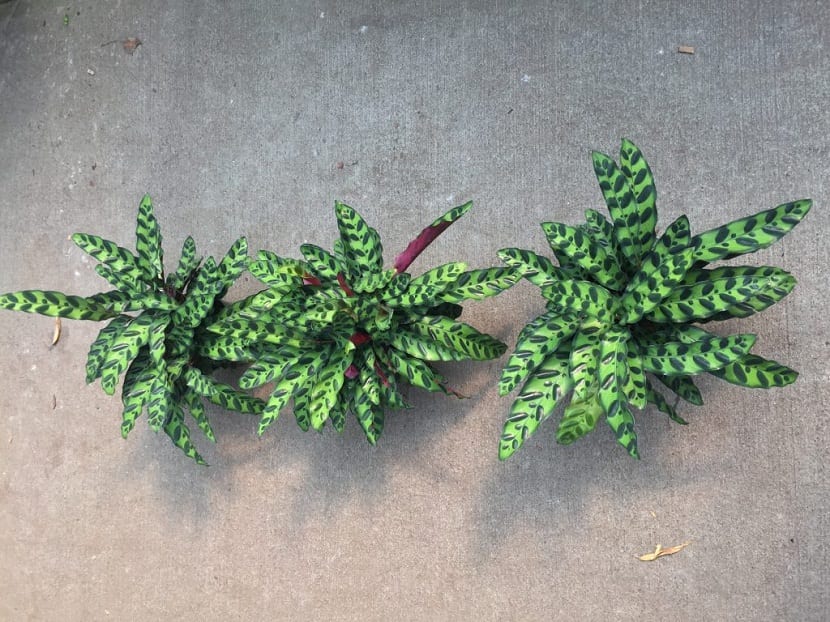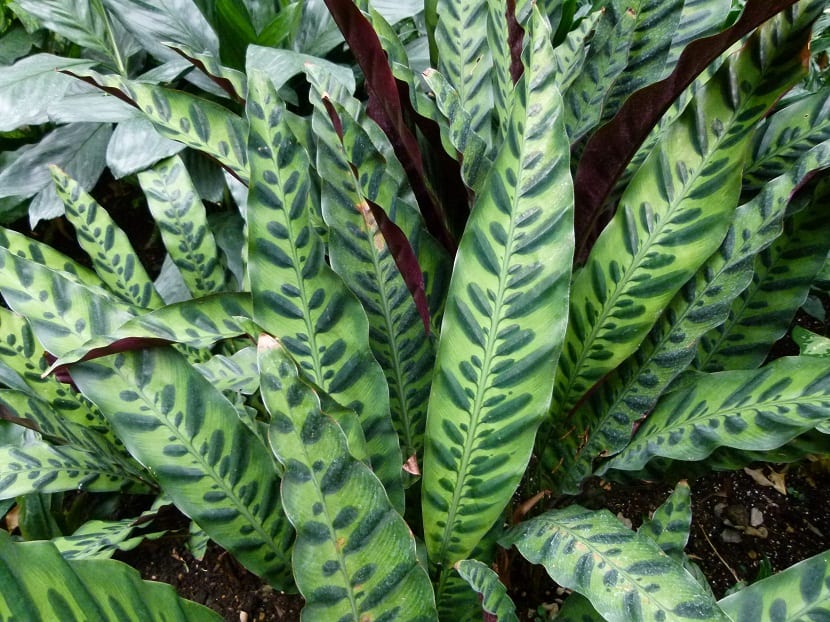
La Calathea lancifolia it is a typically tropical plant. Using it in gardening inevitably evokes an exotic landscape. The shape of its leaves is very peculiar due to its size, robustness and spear shape.. The Indians of South America used this plant as a building material to reinforce the roof of their houses.
This plant is present in many gardens worldwide for its attractive appearance. Calathea lancifolia is a plant native to South America, specifically from Brazil, Ecuador and Peru. It also grows in southern Florida and California, its cultivation in the United States is prized for its ornamental foliage.
From

Of the more than 600 species described, only a little less than 300 have been recognized. They are also known with the popular zebra or rattlesnake plant. The name Calathea has its origin in the Greek calathos which means basket and lanceolate due to the spearhead shape of the blade.
Characteristics of the Calathea lancifolia
This is a herbaceous plant with large, lanceolate, perennial leaves. Besides, these magnificent leaves are slightly wavy and somewhat narrow. In the background they are cream-colored and have round spots of an intense green tone. The underside of the leaves is redder in color like red wine.
The flowers are whitish or very light yellow with a rattle shape that appear sporadically. In their habitat they can measure up to a meter in height and the roots can become large and rhizomatous without any problem. Of course, its development inside homes is much less, reaching approximately 50 centimeters.
Prevent pests and diseases
La Calathea lancifolia it is very resistant to disease. It only presents pests such as spider mites or fungi if it is watered too much or has puddles. If the tips of the Calathea turn brown it is because the environment is too dry. If the leaves look burned it is because they are exposed directly to the sunIt also has the ability to move its leaves in the direction of the sun if it needs heat or to cover them to protect itself from the cold.
Cultivation and care

The easiest way to get a new plant is by division taking one of the roots. After the plant is a few years old, it will have fat roots like rhizomes and will you must take one of these roots to plant a new plant. Ideally, sow and transplant well into spring until early summer.
In countries with a cold winter climate, the plant must imperatively be indoors, as it cannot withstand temperatures below 16 ° C. Indirect sun is best outdoors. The growing medium should be rich and loose and should be kept moist, especially during growth. When watering, make sure that the water is at room temperature.
The plant should be fertilized while grows from spring to the end of summer. The fertilizer used must be special for green plants and is placed every two weeks. The Calathea lancifolia it needs the warmth and humidity of the tropical climate to be recreated for it to survive optimally.
When it comes to irrigation, care must be taken to provide moisture without accumulation of water, that is, the soil must be well drained to avoid pests. During the summer the water supply is daily, while in winter you only need to be aware of keeping the soil or substrate moist.
The plant loves stable climates without extreme variations; it can receive direct sunlight throughout the morning and must be protected from strong wind currents. Frosts are not resistant, its ideal temperature should not be less than 18 ° C. It is fertilized every fifteen days, but with an organic fertilizer and in small quantities. It does not require pruning, only the dead leaves that become dust and are added to the water should be removed and then watered.